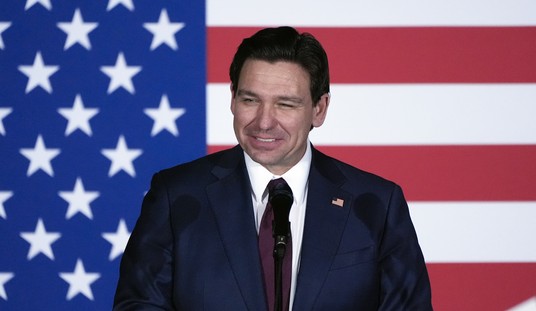A quick scan of existing and emerging threats to the U.S. and its vital interests ought to end any lingering debate. The Pentagon must prepare to fight two simultaneous wars in two widely separated geo-political theaters.
Right now, I don't think we can do it.
During the Cold War, the U.S. prepared to fight globally, but the Asia-Pacific region and Europe were the primary theaters. As the Cold War faded, "two major regional contingencies" became a buzz phrase for large regional wars. Planners often added the word "conventional." In a "conventional contingency," the U.S. did not expect the use of or encounter nuclear weapons.
Late 1990s budget cutters argued that two at once was archaic. Fighting one major war and "holding the line" elsewhere sufficed.
"One and hold" made many strategic assumptions, but two were critical. The Soviet bear was dead and Russia was decades away from causing mayhem; behold, no threat in Europe. China is making money; wealth will liberalize China politically. North Korea remains dicey, but improving economic and political relations with Beijing will solve it. So, let's mothball a lot of Navy ships.
September 11th required adaptation. Fighting sustained insurgencies, however, eventually degrades conventional war fighting capabilities. The Rule of Three is one reason, but one people understand. Each soldier on extended combat deployment requires two more in the military personnel deployment loop: the soldier currently on duty in the combat zone; the soldier he replaced standing-down, taking leave and refitting; and a third soldier training to replace the first soldier when his tour of duty ends. Without a major increase in available manpower, this "loop" leads to soldier burnout.
Recommended
Do adversaries pay attention to U.S. military planning guidance, the size of U.S. military forces and their level of readiness?
You bet your life. So, return to the first sentence. East Asia has two escalating conflicts: The grand crisis provoked by North Korea's threat to launch nuclear attacks against targets in Asia and North America; and the simmering war stirred by China's territorial grab in the South China Sea and evident intent to dominate the sea zone.
These conflicts are in the same "theater" -- a slight compensation.
If the Korean War reignites, that's a major American war (and the reignition might go nuclear). Yes, reignites, for the Korean War never ended. The 1953 armistice is not a peace treaty, but a ceasefire agreement halting the conventional war that began in June, 1950, when North Korea launched a surprise invasion of South Korea.
From 1948 to 1950, early Cold War Soviet troublemaking and Moscow's acquisition of nuclear weapons focused U.S. attention on Europe. Relying on nuclear weapons to deter mischief in Asia, the Pentagon stripped Far East Command. Some Army units were at 30 percent strength.
Kim Il Sung's 1950 surprise attack has resonance in 2017. A very large war with history-changing potential can erupt on the other side of the planet, no matter your assumptions.
Let's say Korea reignites in the next year. Already overstretched U.S. forces must respond.
Do adversaries see an opportunity? Consider two adversaries with a record for gambling -- Iran and Russia. The year 2017 finds Iran waging a proxy war with Saudi Arabia and building permanent military installations in Syria. Iran is seeking nuclear weapons. What does the U.S. do if Iran decides to close the Strait of Hormuz to oil tanker traffic? Not serious enough? Iranian agents spark revolts in Bahrain and civil war in Iraq. Perhaps Iran attacks Iraqi Kurdistan under the pretext of preventing an independent Kurdistan. Iran is weak? What if North Korea provides Iran with nukes? Too farfetched? Russian leaders already contend a new Russia-U.S. Cold War has begun. Suppose Russia decides to support Iranian adventurism in the Middle East or Moscow decides to invade and annex eastern Ukraine. Is NATO prepared to respond? The U.S. is NATO's backbone. That war in the European theater would be a major American war.
























Join the conversation as a VIP Member